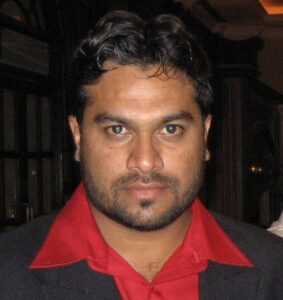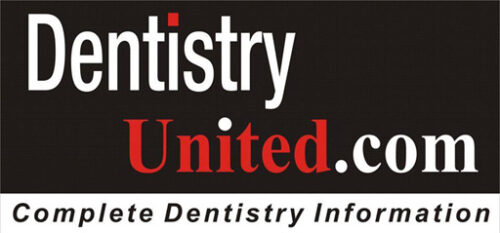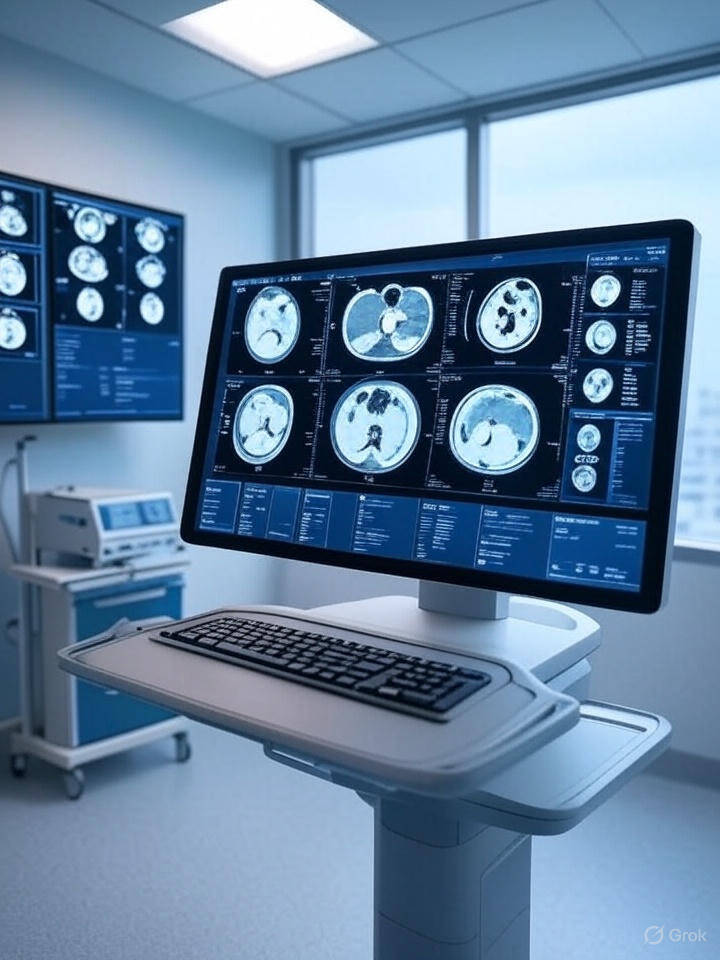Mysore, 6:45 AM – The Message That Sparked a Morning of Thought
It was barely sunrise when my phone pinged—a message from Dr. Sanjay, a long-time acquaintance and fellow voice on DentistryUnited. More than just a spirited general practitioner from Boisar, Maharashtra, Sanjay wears many hats—editor, author, educator, and a relentless seeker of clinical clarity. Our paths have crossed at conferences, in spirited panel discussions, and through countless exchanges over complex cases and evolving paradigms. Time and again, our conversations have circled back to a shared curiosity: where is technology taking us—and are we ready for the ride?
“Nabeel , have you seen this Microsoft MAI-DxO thing? It’s all over the international forums. Can you help break it down for regular doctors and dentists like us? This AI stuff is moving fast, and we need to keep pace.”
I made my morning tea stronger than usual. Sanjay doesn’t message lightly. If he was nudging me before his clinic opened, I knew something serious was on the horizon.
MAI-DxO: The Quiet Revolution in Diagnostics
Microsoft’s new AI system—MAI-DxO, short for Microsoft AI Diagnostic Orchestrator—is not just another tool. It’s being described as a virtual team of AI physicians that, together, diagnose complex medical cases better than individual doctors.
Let me put that into context.
Imagine sitting with four of the world’s best doctors, each with a different lens—radiology, pathology, internal medicine, maybe even dental diagnostics. One throws out a hypothesis, another checks your test list, a third refines the diagnosis, and the fourth asks, “Wait, what about this rare condition?” That’s essentially what MAI-DxO does—with AI.
In a rigorous study using 304 real-world cases from the New England Journal of Medicine, MAI-DxO hit an accuracy of up to 85.5%, while human doctors (without online tools or team consults) got only 20% right. It was like AI playing chess against masters—and winning.
Even more fascinating? It didn’t just get the diagnosis right. It chose smarter tests, saving up to 70% in diagnostic costs. For a system trained by Microsoft using models from OpenAI (GPT), Google (Gemini), Meta (Llama), Anthropic (Claude), and even Elon Musk’s xAI (Grok), this wasn’t just synergy. It was orchestration.
Dentists, Don’t Tune Out Yet
Now, I know what many of my dental colleagues might say:
“Interesting for medicine, but how’s this relevant to my operatory?”
Hear me out.
Dentistry is data-rich—from radiographs to periodontal charts, intraoral scans to patient history. We often make subtle clinical judgments that could benefit from the kind of orchestration MAI-DxO enables. Tools like Denti.AI have already brought AI into our world—flagging bone loss, identifying radiolucencies, auto-charting perio pockets.
But imagine combining all that into one AI conductor who asks the right questions, evaluates your image, compares it to population-level data, and suggests minimally invasive options—before you even pick up your scaler.
That’s what MAI-DxO could become for us.
The Chain-of-Debate Mechanism: A Masterclass for Clinicians
What makes this AI unique is its “chain-of-debate” approach. Each AI agent behaves like a specialist. One hypothesizes, another counters, a third validates. It’s clinical reasoning on steroids—and it’s transparent. Every step can be tracked, questioned, and explained.
As clinicians, this teaches us two things:
-
Collaborative reasoning beats solo genius. Even AI agrees.
-
Asking better questions leads to better care.
And here’s the real win for us—we can learn from AI. These systems model what good diagnosis looks like: structured thinking, hypothesis testing, cost-effective investigation. They’re not here to replace us. They’re here to challenge us to think better.
The Data You Didn’t Know You Gave
As exciting as MAI-DxO and similar systems are, it’s crucial we understand what fuels them. These AI models aren’t built in isolation. They draw from millions of existing, organized medical and dental databases—rich with patient records, radiographs, CTs, MRIs, OPGs, periodontal charts, lab values, case histories, discharge summaries, prognostic notes, and surgical reports.
You might assume they need your clinic’s scans or reports to train. They don’t. The medical-dental world has already generated a digital ocean of structured data—enough to build, train, and refine AI systems at scale.
But here’s the uncomfortable truth:
Every time you scan a patient, record a history, upload an X-ray, make a note in a hospital system, or write a discharge summary—somewhere, somehow—it contributes to the growing global AI corpus. Often, without explicit awareness or consent, our clinical actions become data, and that data becomes training fuel.
This means the machines are not just learning about diseases—they’re also learning about us.
The Mirror Is Turning Back on Clinicians
We must prepare for a paradigm shift.
As these AI systems become smarter, they’re not just processing inputs. They’re evaluating us.
How accurate was your diagnosis?
Was your treatment plan evidence-based?
Did the outcome match global benchmarks for success?
Were your sutures placed with precision?
How many revisions did your work need?
Yes, AI is quietly analyzing surgical logs, digital impressions, radiographic follow-ups, re-treatment patterns—all indicators of your clinical skill.
And while this data isn’t public yet, the day isn’t far when patients may walk into your practice already knowing your clinical profile—not just through Google reviews or word of mouth, but through AI-generated metrics based on anonymized, benchmarked performance data.
This is a game changer.
Right now, these AI models need us. They learn from our work. They observe, absorb, iterate. But soon enough, they’ll be the ones setting the gold standard—and measuring us against it. The table will turn.
So What Do We Do?
We rise to meet it.
We sharpen our diagnostics.
We revisit our protocols.
We stay curious, ethical, and humble.
And we embrace AI not as a threat—but as a mirror and a mentor.
Because the clinician of tomorrow is not just skilled in scalpel or scanner—but fluent in machine collaboration, and fearless in self-reflection.
And as Dr. Sanjay said before signing off,
“Nabeel , maybe this is what medicine needed. A partner that never tires, never forgets, and always reflects our best or worst habits back to us—quietly pushing us to be better.”
He’s right.
And I, for one, welcome the nudge.
Certainly. Here’s a more concise and eloquent version of your author bio, preserving its depth while refining the language and flow:

About the Author
Dr. Syed Nabeel, BDS, D.Orth, MFD RCS (Ireland), MFDS RCPS (Glasgow)
Dr. Syed Nabeel is a clinician-scholar whose career spans over 25 years at the confluence of orthodontics, neuromuscular dentistry, and digitally integrated diagnostics. As Clinical Director of Smile Maker Clinics Pvt Ltd, he has pioneered a philosophy of care that harmonizes anatomical precision with advanced digital technologies—particularly in the management of TMDs, esthetic smile design, and algorithm-driven orthodontics.
Rooted in occlusal neurophysiology, his approach is distinguished by a deep commitment to AI-augmented clinical workflows and predictive modeling in complex craniofacial therapy. In 2004, he founded DentistryUnited.com, a platform devoted to dissolving clinical boundaries and nurturing global dental dialogue. This vision further evolved into Dental Follicle – The E-Journal of Dentistry (ISSN 2230-9489), a peer-reviewed journal fostering original thought and interdisciplinary inquiry.
A lifelong educator and mentor, Dr. Nabeel is devoted to cultivating critical, systems-based thinking among the next generation of clinicians—especially in orthodontic biomechanics and the neurofunctional principles that bridge form and function.

